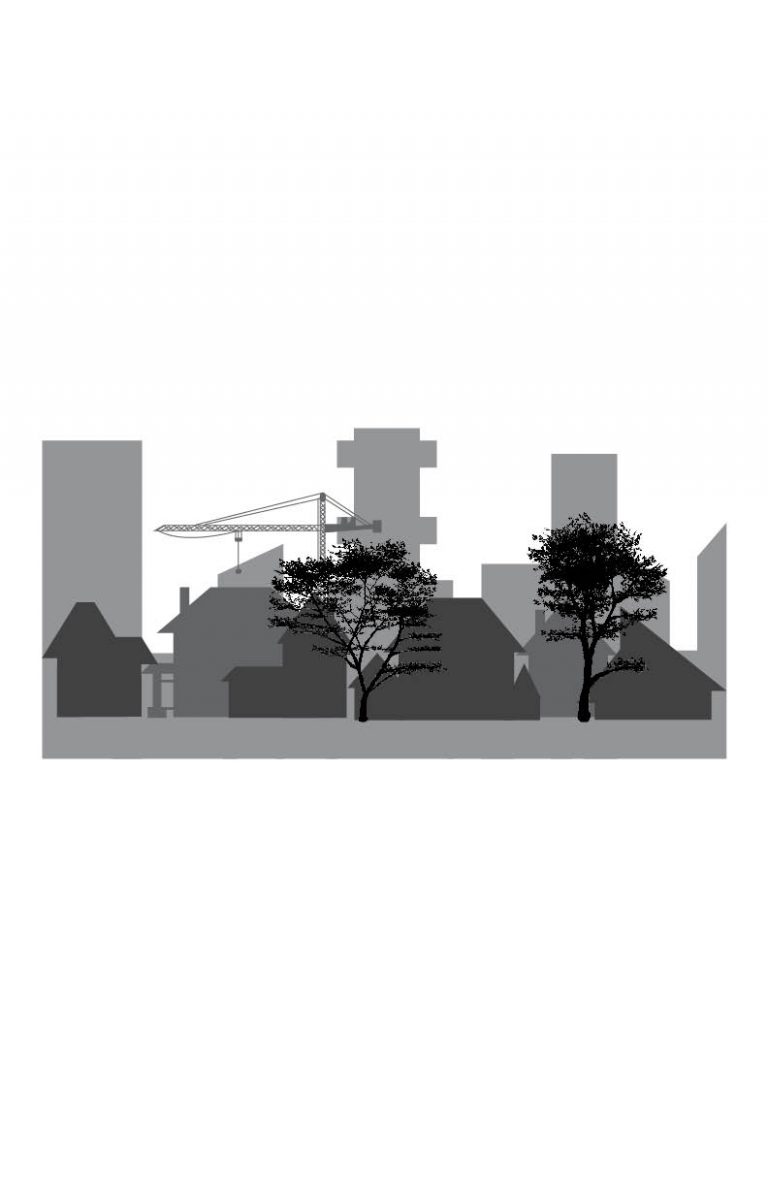URBAN FUTURE
Two views on a brave new Waterloo
It’s no secret that the populations of Wilfrid Laurier University and the University of Waterloo have exploded over the past decade. And, as common sense dictates, there needs to be some place for all these students to live when they leave their on-campus residences.
The student demographic, is of course, just one segment of Waterloo’s population, yet it seems it’s been the one that’s affected the most change. The university area has undergone such a dramatic transformation that a graduate of 2008 would barely recognize the majority of the King Street and University Avenue area.
As condos and student-dedicated apartment buildings begin to dominate the area and in turn provide a new core and cityscape to Waterloo, we must take a step back and ask ourselves, “are we moving too fast?”
Yes, there is an imminent need to house the thousands upon thousands of students that call Waterloo home — even if it is for only eight months of the year. And despite whatever protest may exist, the time of single, detached, five-person houses is indeed over. But as the drive to “urbanize the student ghetto” moves forward, and luxury condos are built to draw a more diverse demographic to the area, this means one simple, yet very important thing.
The university section of Waterloo is going to be much more densely populated.
As obvious as that statement seems, it appears to be being overlooked as re-developments move forward and 12-storey apartment buildings are built on seemingly every corner. As great as it will be to be able to provide housing for such a large group of people, does the infrastructure exist to allow them to live comfortably?
Anyone that’s tried to take a bus or patronize a business along King Street during the height of the school year will tell you it doesn’t. This is why before we go ahead and build high-rise luxury condos and exponentially increase the possible number of people that can live in the area, we need to look at the kind of development going on.
Simply building places for people to live is not the proper way to re-develop a nieghbourhood. The current Uptown retail core is already overrun and as apartment buildings continue to creep up King Street, things will only get worse. This is why we need to see less simple apartment and condo developments and more mixed-use planning.
While it is indeed inevitable that most of Waterloo’s development will be moving skyward, the need for supportive infrastructure needs to become a far more prevalent part of the conversation.
The future is up.
Real estate is becoming a scarce commodity. It’s possible that no municipality has felt this as keenly as K-W. The population boom brought on by the successful tech industry and two universities means that people are scrambling for a place to live and developers are scrambling to build it for them. But with land not coming freely (or cheaply) there is no other place to go.
Except up.
When you talk about the high-rises beginning to dot the Waterloo skyline, it’s likely you’ll be met with anger or sadness. People don’t want places going to the students, or they lament the loss of cheaper housing.
In a recent Toronto Star column, urban theorist and Spacing editor Shawn Micallef wrote, “if we build the Annex, Little Italy or Riverdale again, Toronto will sprawl to Orillia.” It’s true of Toronto and it’s true of Waterloo. While houses are nice, the only way to meet the demands of a growing population is to build where real estate still exists — that means up.
Expanding upwards doesn’t have to be a bad thing. Micallef points out in his article that Paris is essentially a city of mid-rise condos. The same is true of New York and London. Apartments and condos aren’t a sign that culture is going to die. It’s a sign that new people who will build new cultures are moving in.
What makes Waterloo unique is that much of the high-rise boom is focused on students, who are by nature a transient population. The answer to this seems simple enough — rather than create apartments specifically for students, create multi-use condos that students and residents can use. With the amount of business and amenities in this area, it’s a natural fit for anyone moving into the city. Not to mention that people with full-time jobs are much more likely to be willing to pay the higher rents found in so-called luxury accommodations.
It wouldn’t hurt to have some more input on design either. After all, if the future is indeed up then we should at least have some well-designed things to look up to. It would be nice to see a developer take their cues from the “Marilyn” building in downtown Mississauga or classical brownstone apartment design.
Whatever happens, the skyline and the makeup of Waterloo is changing. We can either dig our heels in and fight change or we can work with it and, look up.

